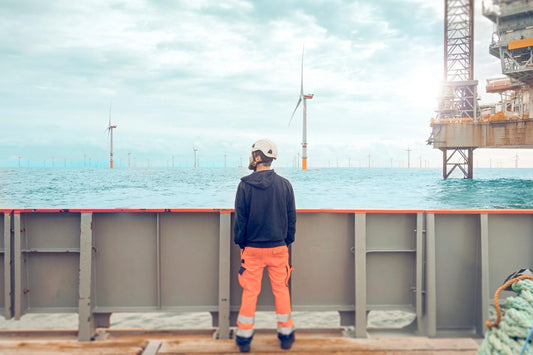Wind Training UK
GWO Advanced Rescue Training
GWO Advanced Rescue Training
Couldn't load pickup availability
What is GWO Advanced Rescue Training?
The Global Wind Organisation (GWO) Advanced Rescue Training course is designed to equip individuals working in the wind energy sector with advanced rescue skills. This comprehensive course covers advanced rescue techniques, equipment usage, and safety protocols, ensuring participants can respond effectively to emergency situations and perform complex rescue operations in wind turbine environments.
Share
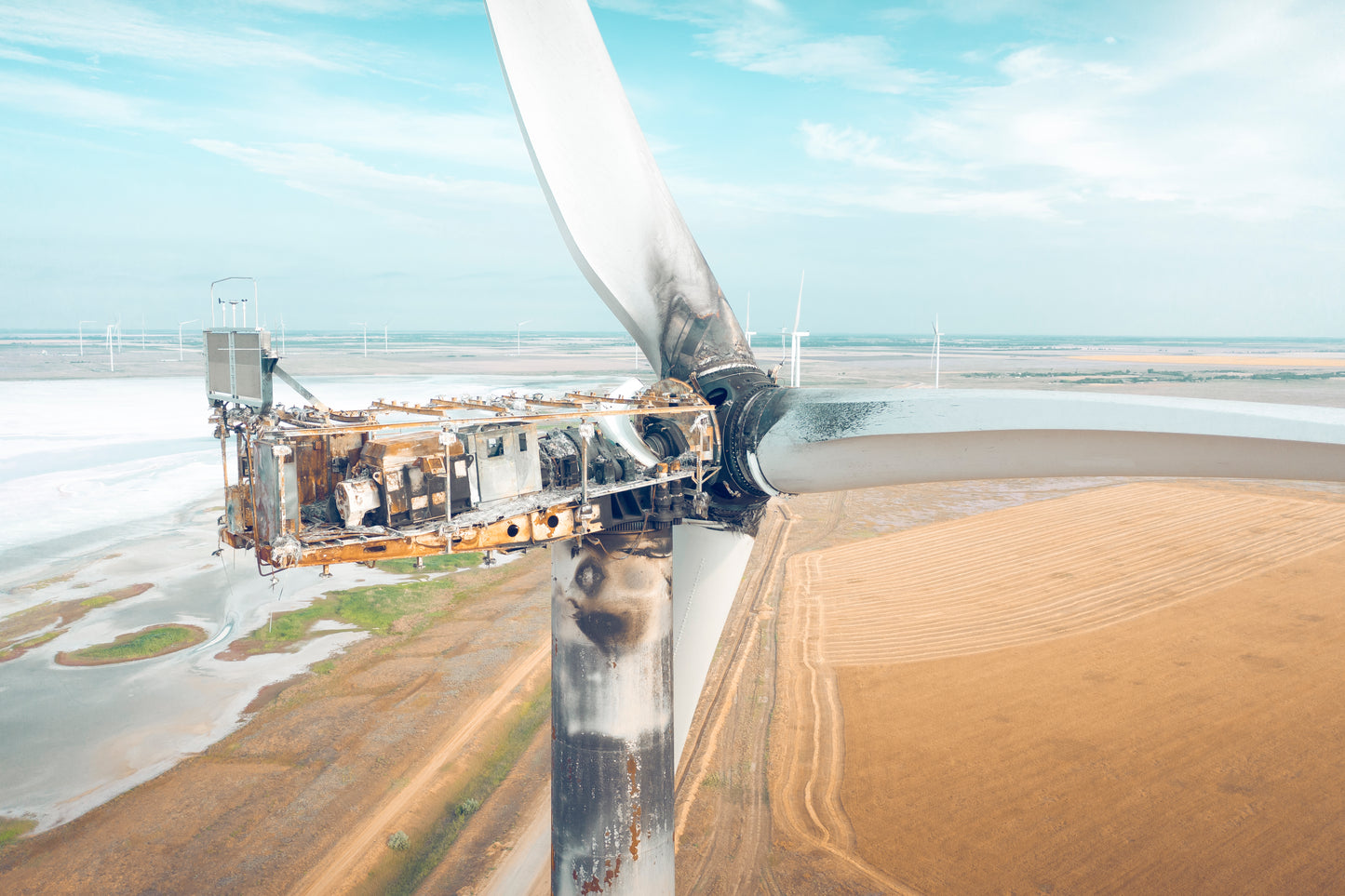

Basic Information
Duration: 3 Day
Prerequisites
- Participants must have completed the GWO Basic Safety Training (BST) and GWO Working at Heights training.
- Previous experience in emergency response or rescue operations is recommended.
Renewal:
Certificate is valid for 2 years. Training should be renewed before the end of the given validity period.
Course Contents
Pre-Rescue Planning and Considerations
ncident Management: This section emphasizes the importance of a structured approach to rescue operations. Participants learn about incident command systems, risk assessment, and communication protocols.
Scene Assessment: The course covers techniques for assessing the rescue scene from a safe distance, identifying hazards, and determining the most appropriate rescue method.
Equipment Familiarization: Participants become familiar with the specialized rescue equipment used in wind turbine environments, such as advanced winching systems, confined space tripods, and stretchers for vertical movement.
Advanced Rope Rescue Techniques
Rope Systems and Rigging: This section delves into advanced rope systems and rigging techniques for lowering and raising personnel safely within wind turbine towers and nacelles. Participants learn about knots, securing equipment, and safe anchor points.
Haul Systems and Mechanical Advantage: The course covers the operation of mechanical advantage systems like haul systems and winches used for controlled lifting and lowering of casualties during a rescue.
Confined Space Rescue: Participants learn safe procedures for rescuing personnel from confined spaces within wind turbines, including proper ventilation techniques and casualty retrieval methods.
Medical Considerations and Casualty Care
Patient Assessment: This section focuses on advanced casualty assessment techniques beyond basic first aid. Participants learn to identify and manage potential spinal injuries and other critical medical conditions.
Packaging and Transport: The course covers methods for safely packaging and transporting injured personnel within the confines of a wind turbine for evacuation.
Psychological Support: Participants learn the importance of providing basic psychological support to a casualty during a stressful rescue operation.
Rescue Scenarios and Practical Exercises
Simulated Rescues: This section involves a series of realistic rescue scenarios designed to simulate potential emergencies in wind turbine environments. Participants practice applying the learned techniques in a controlled setting, working as a team to safely rescue a casualty.
Teamwork and Communication: Effective teamwork and clear communication are crucial for successful rescue operations. These exercises emphasize these aspects, ensuring participants coordinate effectively during a rescue.
Evaluation and Debriefing: Each scenario is followed by an evaluation and debriefing session. This allows participants to learn from their experiences and identify areas for improvement.
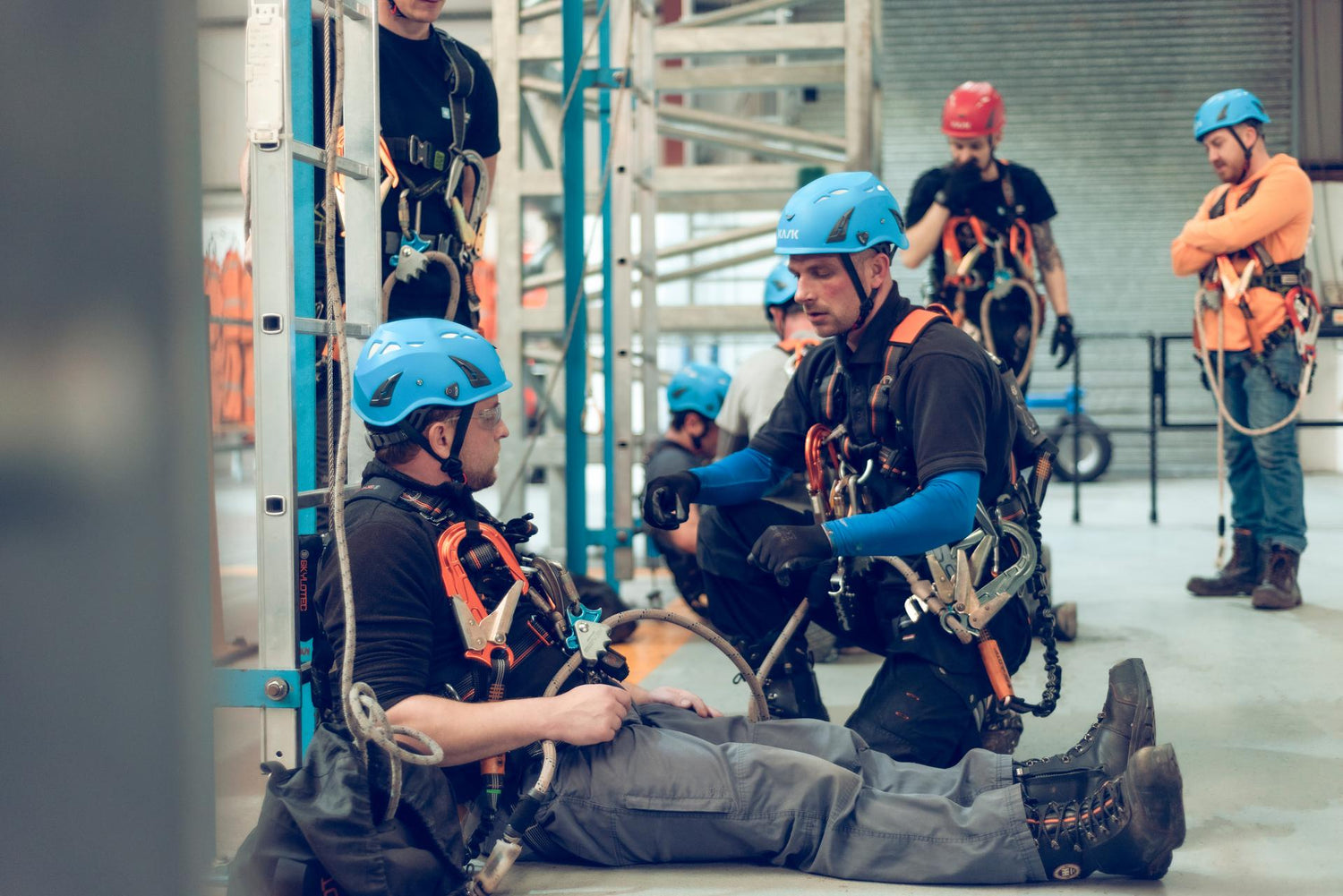
Benefits
The biggest benefit of getting GWO certified training is increased safety and opportunity in the wind energy industry.
A GWO certification demonstrates to potential employers that you possess the necessary skills and knowledge to work safely and effectively in wind energy. This can give you a significant edge in a competitive job market.
GWO certification is a globally recognized standard in wind energy, so it's valid across various countries and companies. This opens doors to a wider range of career opportunities.
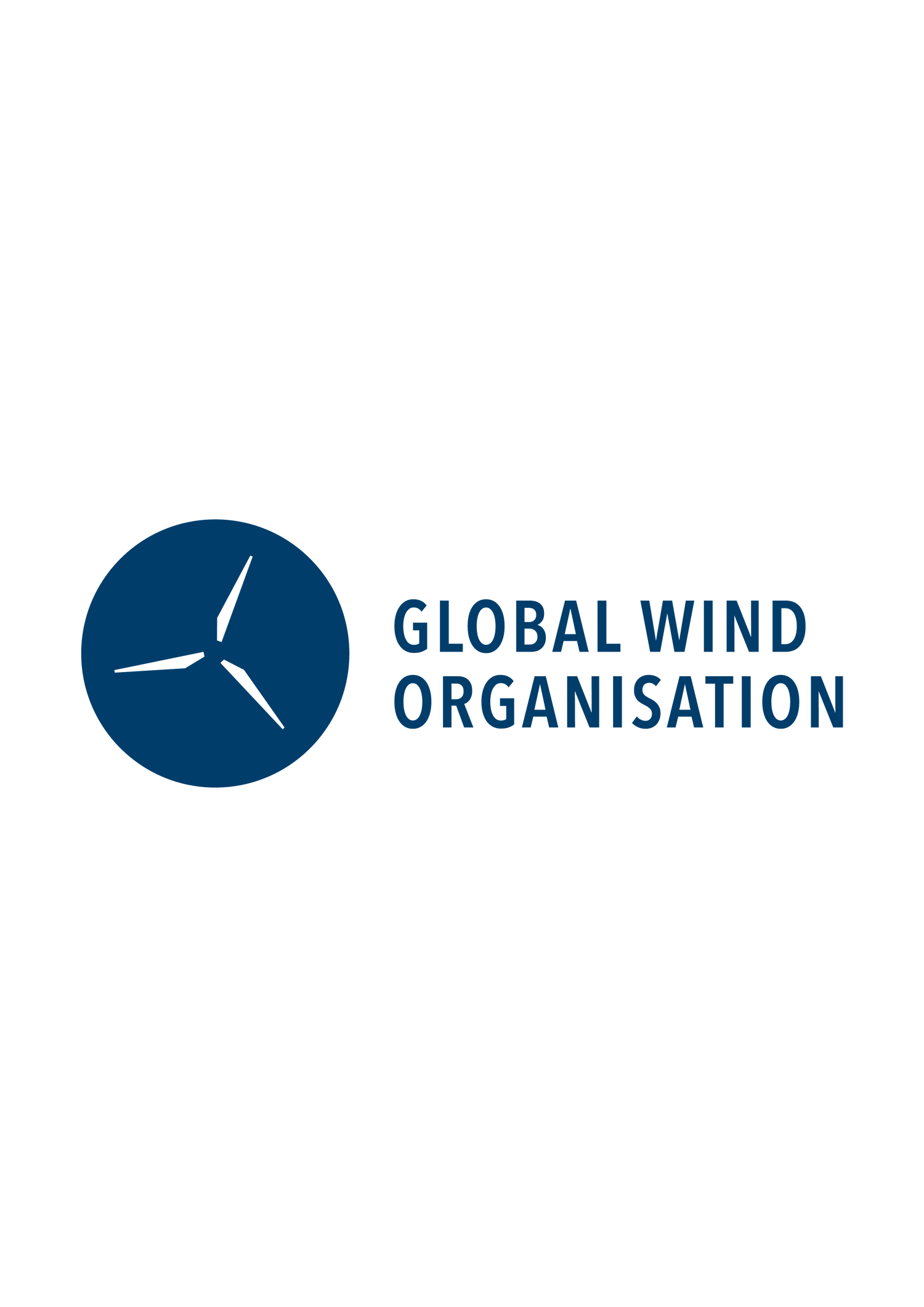
Compliance with Industry Standards
The training helps participants and their employers comply with international safety standards and regulations. This compliance is crucial not only for legal and regulatory reasons but also for enhancing the industry’s overall safety performance.
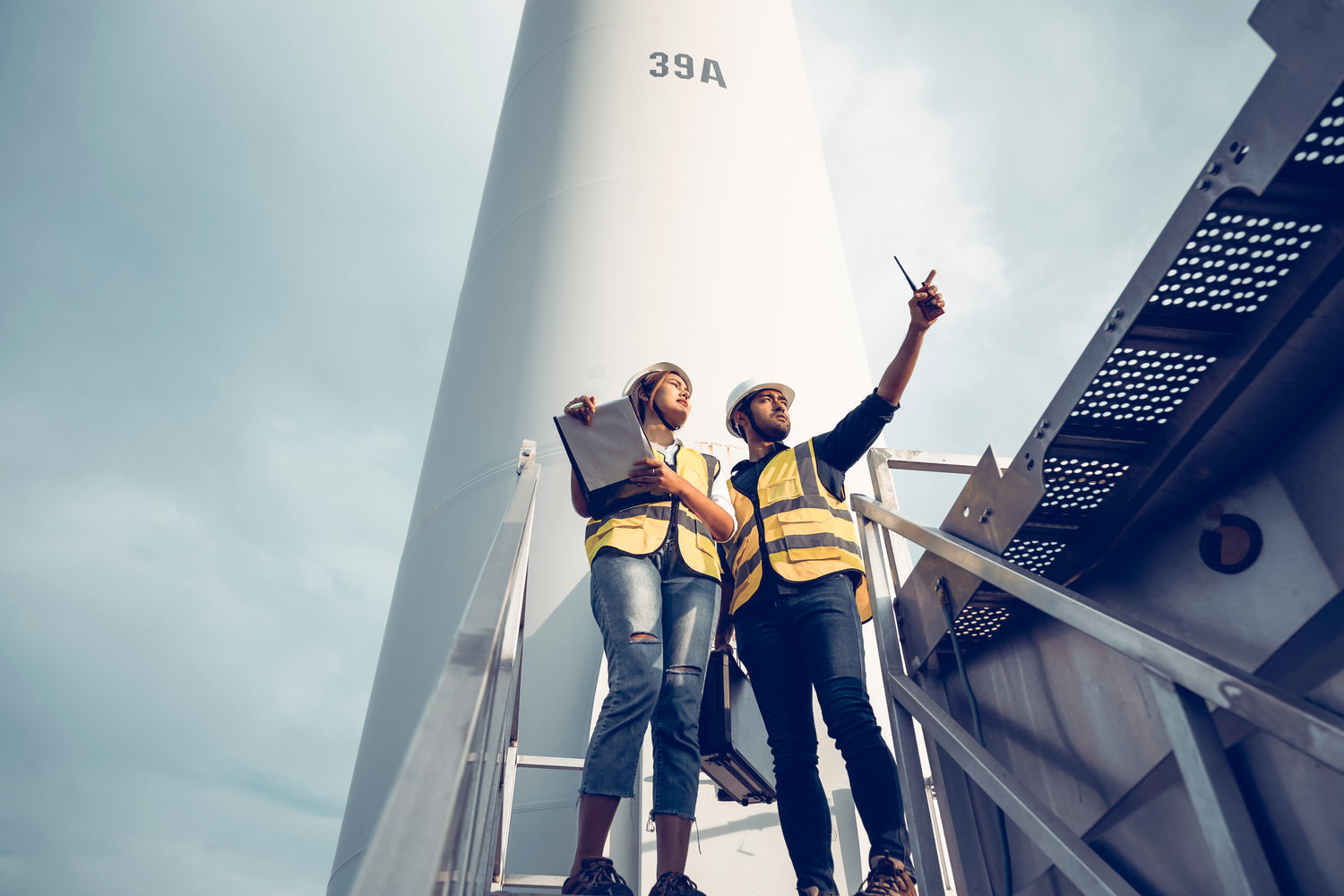
Why Maersk Training?
Consider Maersk Training for your wind energy courses because they offer:
Extensive experience: Over 12 years training in the wind industry - First GWO approved provider in the world.
Safety focus: Their training emphasizes safe working practices crucial in wind farms
Industry knowledge: Instructors have real-world experience to prepare you for the job .
Maersk Training can help you gain the skills and knowledge needed for a successful career in wind energy.
How It Works
-
Step 1
Identify the specific GWO training modules for your desired wind energy role and decide if you want on-site training or a mix of digital and on-site (blended).
-
Step 2
Once you've chosen the right course, register and pay online. You'll receive a confirmation email instantly.
-
Step 3
After enrolling, you'll receive a separate email with detailed joining instructions for the training session.
-
Step 4
Attend your scheduled training session. Each GWO module includes theoretical and practical assessments you need to pass for certification.
-
Step 5
Upon successful completion and passed assessment, you'll receive your official GWO certificate from Maersk Training.
Other popular GWO courses
-
GWO Basic Safety Training - Offshore
Regular price £995.00 GBPRegular priceUnit price / per -
GWO Advanced Rescue Training
Regular price £720.00 GBPRegular priceUnit price / per -
GWO Offshore Basic Safety Training - Refresher
Regular price £720.00 GBPRegular priceUnit price / per -
GWO Slinger Signaller
Regular price £550.00 GBPRegular priceUnit price / per


